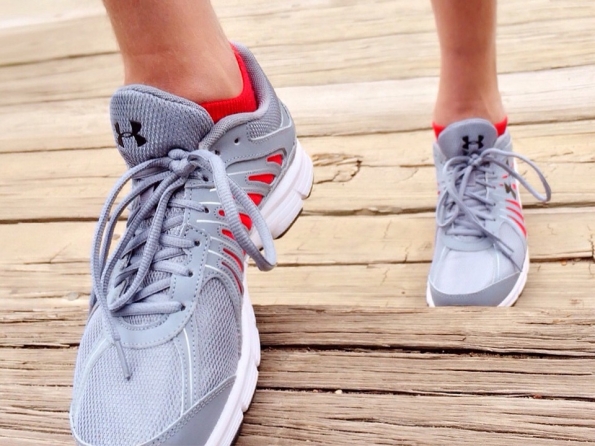YOUR PHYSIO
Condition directory
Achilles tendinopathy

The Achilles tendon is the largest tendon in the body and is the common tendon of the calf muscles (gastrocnemius, soleus and plantris). It connects the calf muscles to the heel bone. The Achilles tendon plays an important role in walking and running. Achilles tendinopathy or tendinosis is the most common type of Achilles tendon injury. It is characterised by pain most commonly in the mid portion of the tendon, it can also be localised more to the calcaneus but this is less common.
Although thought to be a condition related to people participating in sport only 35% are attributed to people involved in sport or active people.
The most common reason that symptoms start is through overload of the tendon. This can be because of:
- Beginning a new sport or hobby that requires high load in the tendon, running and jumping for example
- A sudden increase in how much you are training or exercising, such as:Starting to train for a long distance race
- Going on a holiday that requires a lot of walking or hills
Others factors that may put you at risk or impact the ability of your symptoms to improve:
- Diabetes (type 1 or type 2)
- Smoking
- Having a high BMI
- A diet that is high in fat
Not addressing these factors may limit your overall recovery from Achilles tendinopathy.
Achilles tendinopathy is also more common in inflammatory conditions such as psoriatic arthritis or axial spondyloarthropathy (also known as ankylosing spondylitis).
Management of Achilles Tendinopathy
Initial management should involve altering the amount of the aggravating activity that you perform. For example change the how often, how long or how intensely you exercise.
This does not always mean stopping completely. As an example, pain may only begin after 2-3 miles of running; therefore running one mile allows you to still complete the activity that is meaningful to you without aggravating the pain too much.
Maintaining activity through discomfort whilst avoiding high levels of pain will be helpful for recovery. You are not waiting for the Achilles tendon ‘heal’, rather you are spending time helping it to adapt to what you require it to be able to do.
The key here is to load and use the tendons to promote adaptation.
In some this may allow symptoms to settle. There are some exercise examples on this page, to make sure you get the right exercises in the right dose for you an appointment in physiotherapy may guide you more. You can either self-refer on this page or your GP can refer you.
If you are not particularly active and your pain appears to have come on for no reason or with no change in activity it is worth addressing some additional issues. This might mean managing your weight or quitting smoking. There are resources on this website to help you to do that.
Rehabilitation
There is no one size fits all recipe to rehabilitation and exercise for Achilles tendinopathy. But following these three simple points has been shown to be successful.
- Loading with exercise is done in a progressive way
- A pain monitoring model is used (up to 5 out of 10 pain has been shown to be safe)
- Exercise program are for a minimum of 12 weeks.
Speed of exercise has shown to be important, the term heavy slow resistance training is used. Approximately 6 seconds of loading per repletion is recommended. When applied to a heel raise exercise below:
- 2 seconds to raise
- 1 second pause at the top
- 3 seconds to lower
In the later stages of rehabilitation plyometric (hopping, jumping) exercise should be introduced. This will depend on what activity you are looking to get back to. It will be more important for runners of people playing sports involving running and landing.